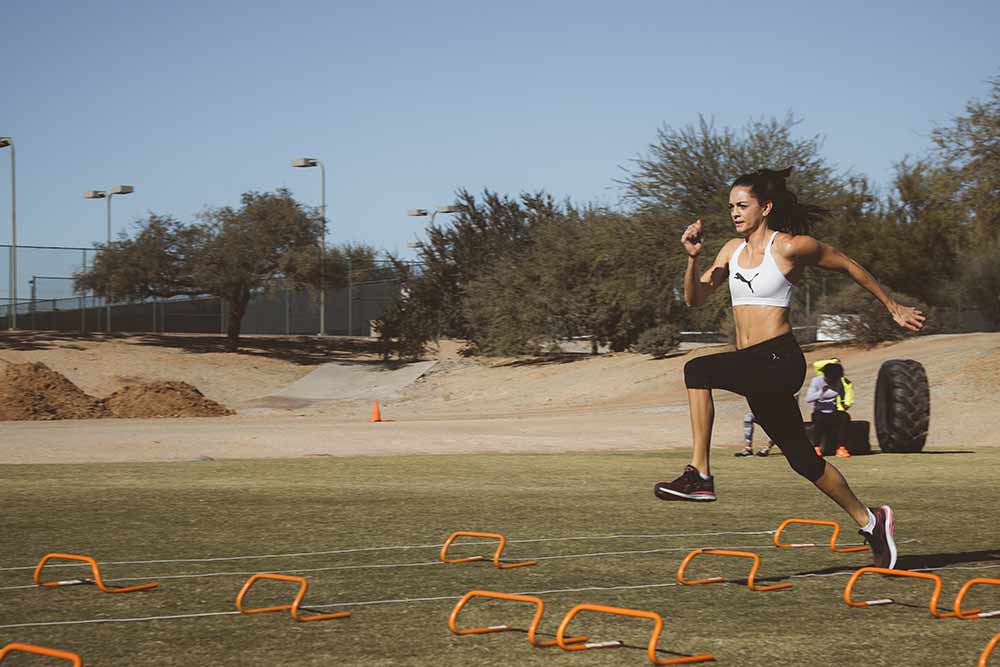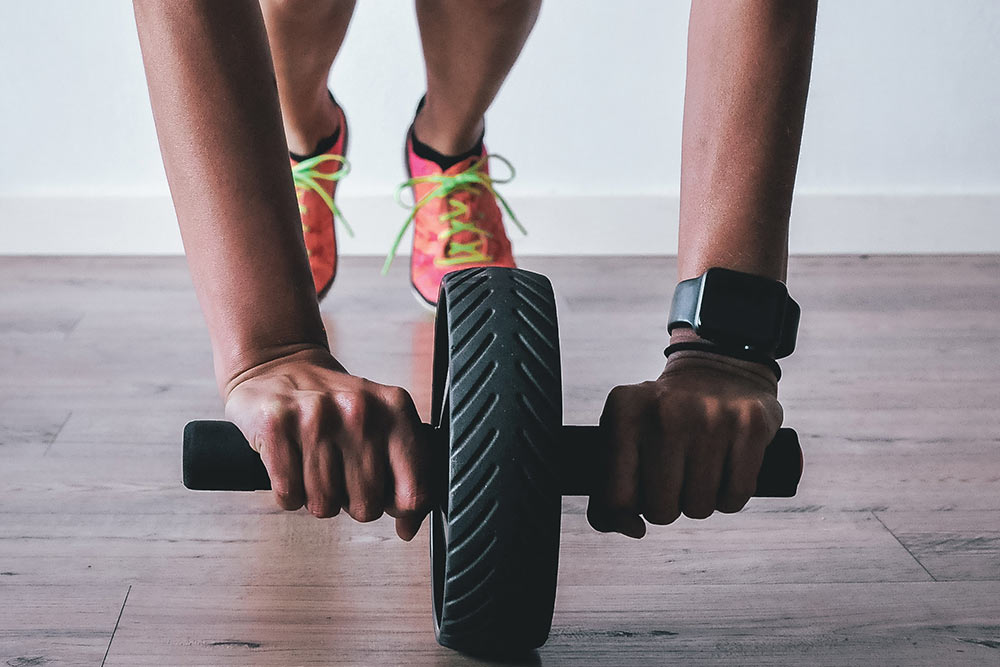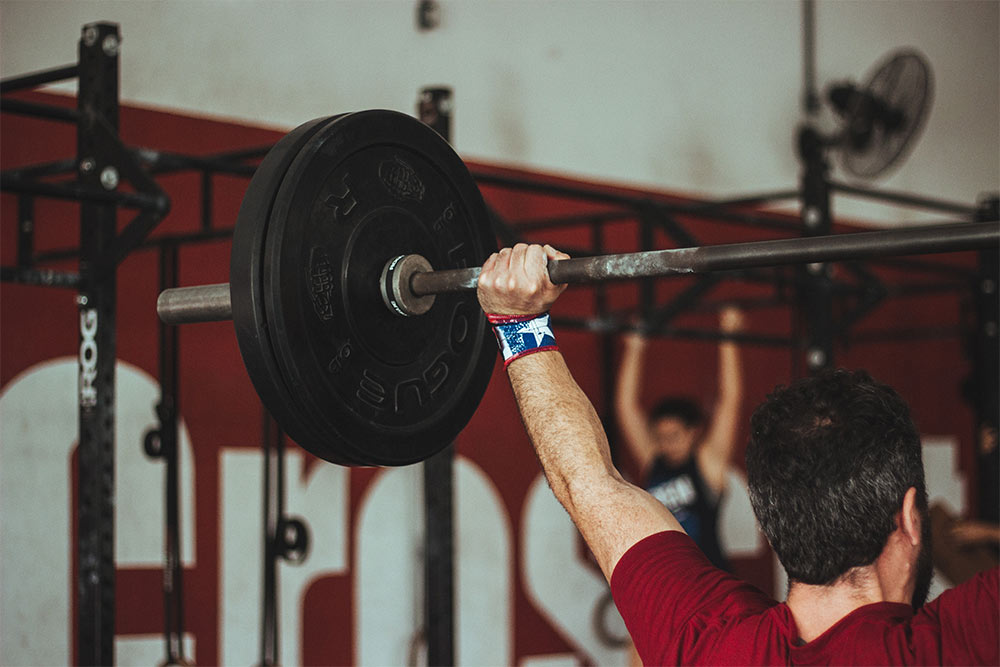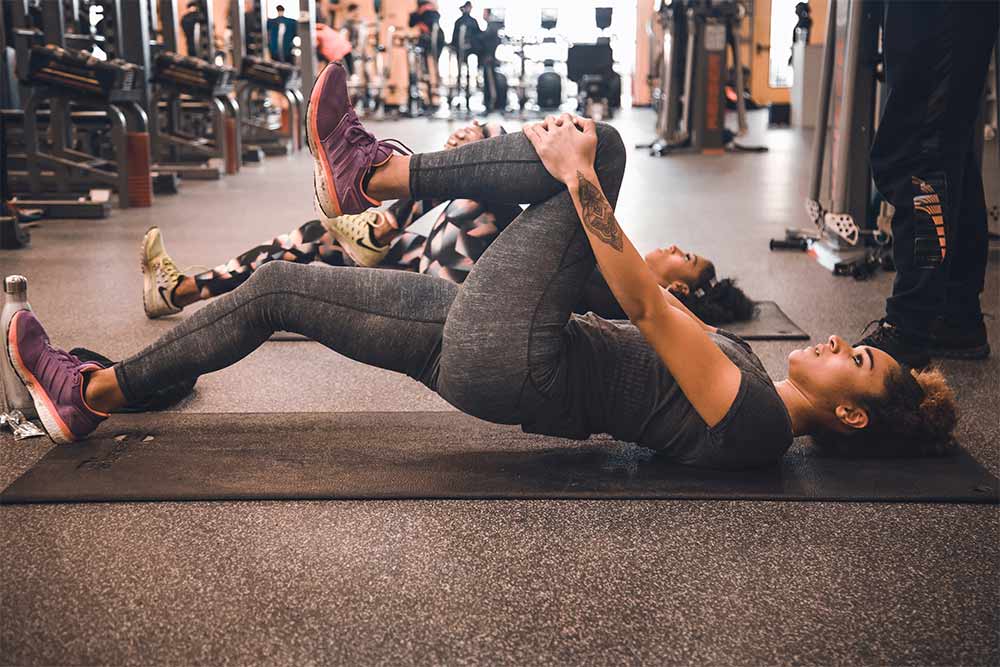The Role of Biofeedback in VO2 Max Testing

A Review by Alyssa Bialowas
There are various approaches attempting to modify cardiovascular reactivity in healthy adults and athletes, such as using contingent (true) and non-contingent (false) heart rate biofeedback. In previous studies, subjects who receive instruction to compete for heart rate reduction perform differently, indicating that biofeedback is an effective method for heart rate reduction in athletes during VO2 max testing. This also suggests that competitive behavior could be exploited in modifying physiological hyperactivity in athletes during heart rate testing.
Previous studies have shown that subjects’ performance was optimized when exposed to accurate feedback in the form of an animated avatar as opposed to non-contingent feedback. Determining VO2 max is defined as the leveling out in VO2 prior to exhaustion in spite of a continued increase in intensity, called the VO2 plateau. There is no current data addressing the effects of non-contingent feedback on the outcome of a VO2 max test. The point of this study was to assess non-contingent feedback as a visual representation of heart rate during exercise altered a response for the VO2 plateau at VO2 max during testing.
Related Article: Effect of Endurance Training on Lactate Threshold
The Study
Ten physically active males between the ages of 24-28 agreed to participate in this study. The subjects were required to be new to VO2 max testing, and familiar with representations of heart rate during physical exercise. Participants reported for testing on four separate occasions between the hours of 2-4pm. Participants completed four incremental tests to exhaustion, each test separated by approximately 72 hours, to determine VO2 max and gas exchange threshold.
The first trial served as a familiarization test, and the following three trials were experimental conditions. During the experimental conditions, heart rate was visually represented on a screen projection. The visuals displayed either the true response by the subject, higher than recorded, or lower than recorded. Throughout all trials, VO2 was recorded on a breath-by-breath basis.
Related Article: Get in the Zone: Heart Rate Monitoring
The Results
The manifestation of the plateau at VO2 max is disrupted when participants are exposed to non-contingent feedback in the form of heart rate. A significant difference was observed for VO2 max over the final two consecutive sampling periods between visual displays of the actual response, and displays of heart rate higher and lower than recorded. There was a significant difference for the incidence of plateau response between conditions. No significant differences were observed for all other testing criteria.
Takeaway
In the presence of non-contingent feedback in the form of a visual representation, there was a decrease in the manifestation of a VO2 -plateau, suggesting that there was more room within an athletes’ anaerobic capacity when exposed to such biofeedback. This indicates that perceived exertion is a function of ventilation, oxygen uptake, heart rate and peripheral factors and psychological factors such as biofeedback.
Related Article: The Elevation Training Mask – A Competitive Advantage
You Might Like:
The Predictors of Longevity You Need to Care About
Living a long and healthy life is a universal aspiration, and with the publication of Peter Aittia’s new book “Outlive”, it has never been a bigger focus. With this has come the realisation that, while...How to Improve Your Aerobic Capacity – Tips & Tricks
Alyssa Bialowas Cardiovascular exercise improves the ability to both move oxygen and nutrients to working muscles and to remove metabolic waste, which allows muscles to continue to perform a particular activity. Your fitness level depends...Which Is the Best for Aerobic Performance – HIIT or Endurance?
A Review by Alyssa Bialowas Long slow distance training refers to exercise that covers a relatively long distance at a slow and comfortable pace. Long slow distance training is associated with aerobic exercise such as...Motiv Ring: The Next Best Innovative Fitness Tracker
Hank Shell There’s a piece of your workout kit that’s missing. Can you guess what it is? I’ll give you a hint – it’s not a steezy headband … or a shake weight. C’mon, dude....The Role of Biofeedback in VO2 Max Testing
A Review by Alyssa Bialowas There are various approaches attempting to modify cardiovascular reactivity in healthy adults and athletes, such as using contingent (true) and non-contingent (false) heart rate biofeedback. In previous studies, subjects who...Effect of Endurance Training on Lactate Threshold
A Review by Alyssa Bialowas Tools for aerobic fitness evaluation in endurance training are used in sport and clinical fields to test blood lactate levels for training and competition. Anaerobic threshold (LTAN) is defined as...References
Baker, J., Gordon, D., Gernigon, M., Merzbach, V., & Scruton, A. (2017). “The Effects
of Non-Contingent Feedback on the Incidence of Plateau at VO2max.” Journal of
Sports Science and Medicine, 16, 105-111.













